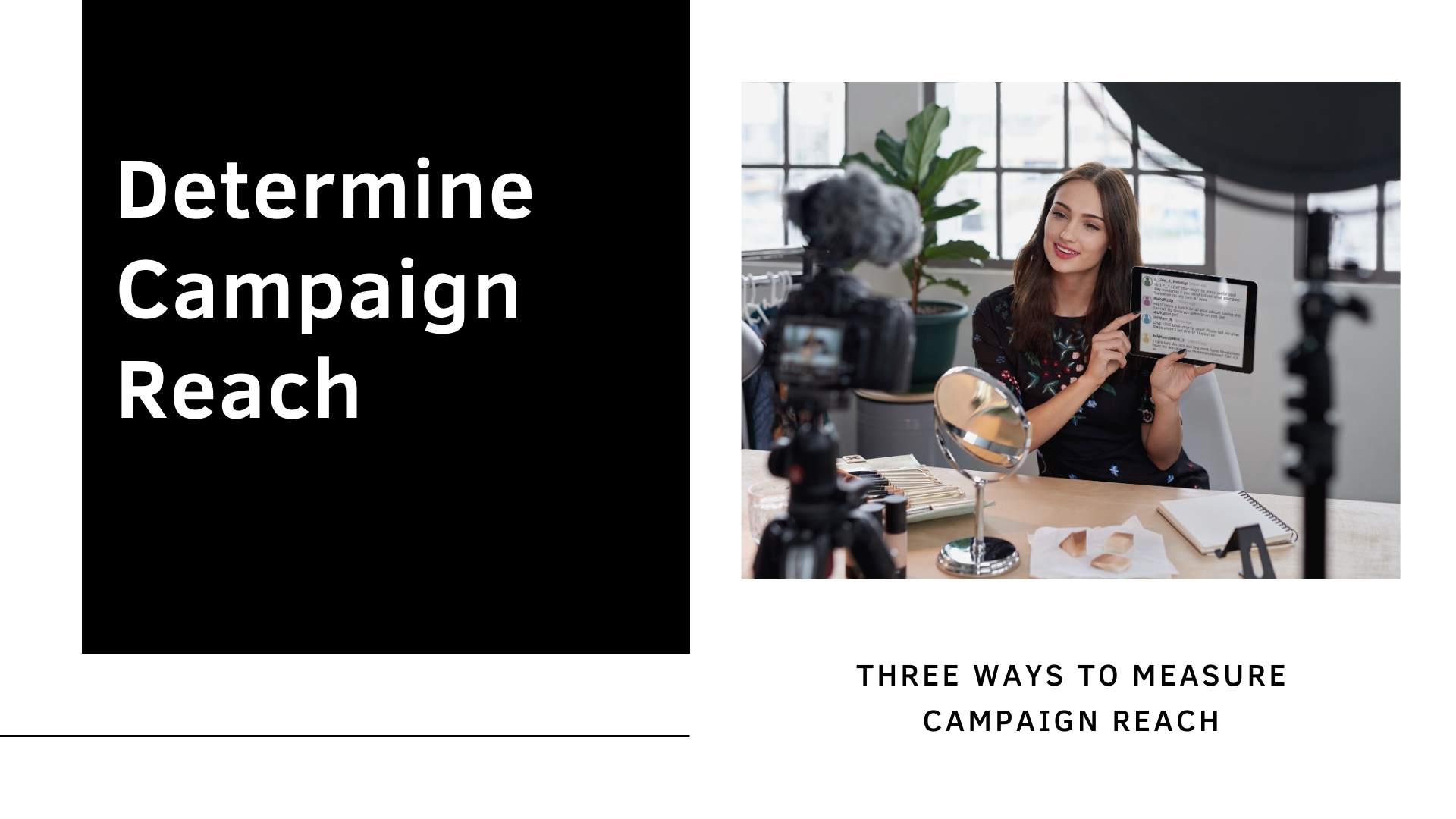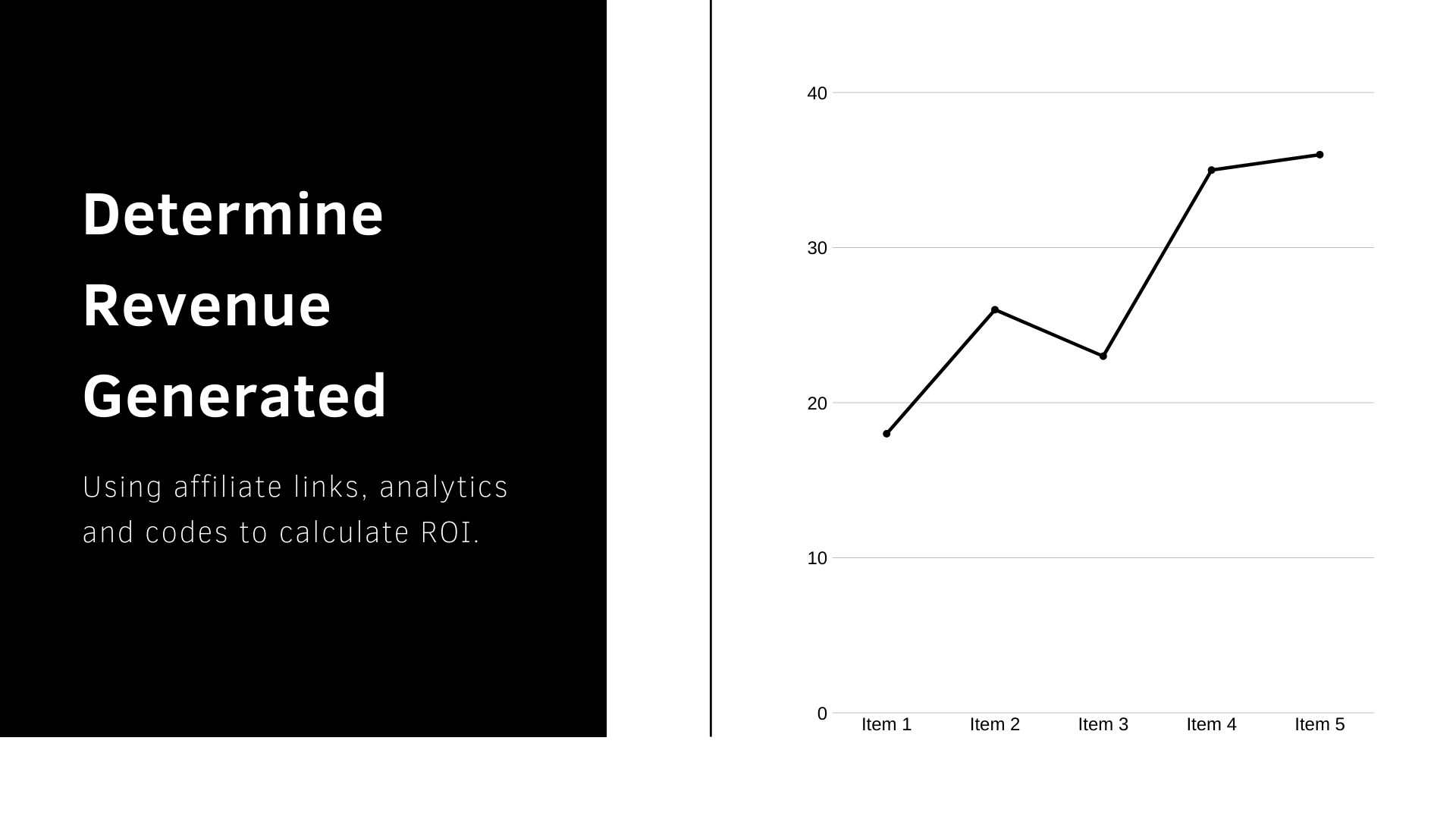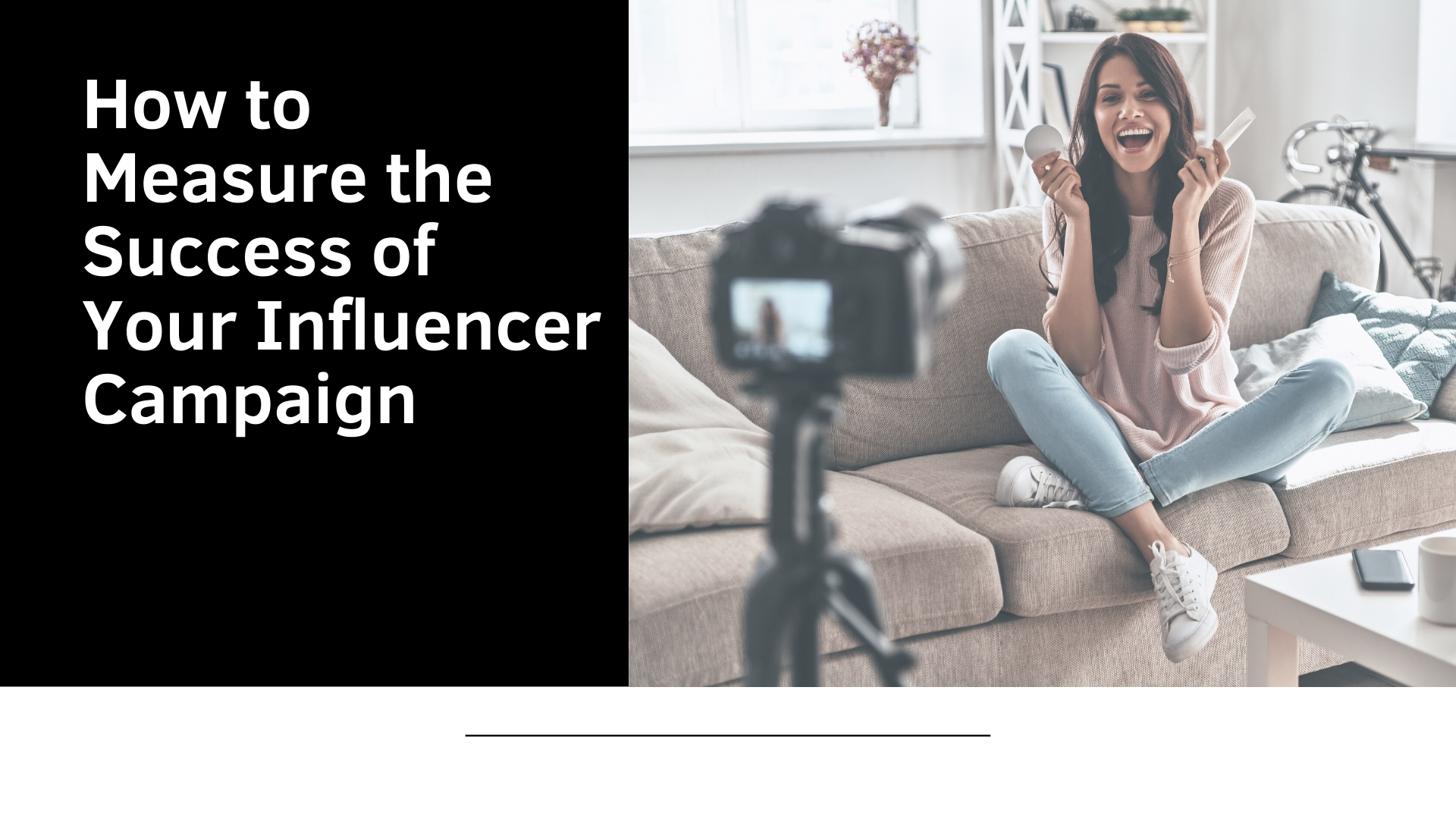Influencer marketing has recently become an extremely popular digital marketing method with its affordability and high returns on investment (ROI). Not to mention, there’s the wide reach and loyal following from popular influencers that brands leverage to build their own business. Though it’s been proven to be successful, understanding how to measure the success of your influencer campaign can be a challenge.
While some people equate influencer marketing with celebrity endorsements, we’ve found that an influencer marketing strategy centered around working with micro influencers to spread the word to a niche target market can yield excellent results. According to Influencer Marketing Hub, 300% more micro-influencers were utilized by large firms last year than in 2016. We think it’s safe to assume it’s because the results have been positive.
Read on for our top tips on how to measure the success of your influencer marketing campaign.
 Every influencer marketing campaign is different and it’s important to determine your particular goals beforehand.
If your goal is to increase your brand’s reach, we’ve determined the top three methods to demonstrate how far your message has traveled. These methods include impressions,
followers, and traffic.
Every influencer marketing campaign is different and it’s important to determine your particular goals beforehand.
If your goal is to increase your brand’s reach, we’ve determined the top three methods to demonstrate how far your message has traveled. These methods include impressions,
followers, and traffic.
 Though engagement is a vital aspect of an influencer campaign’s ROI, you shouldn’t define success solely on engagement alone. The engagement rate on posts reflects how interested people are in your product or service. To get a better idea of your ROI, it’s also smart to find out the cost per engagement to get a better sense of your ROI. Our top three methods of engagement are likes, clicks, and shares.
Though engagement is a vital aspect of an influencer campaign’s ROI, you shouldn’t define success solely on engagement alone. The engagement rate on posts reflects how interested people are in your product or service. To get a better idea of your ROI, it’s also smart to find out the cost per engagement to get a better sense of your ROI. Our top three methods of engagement are likes, clicks, and shares.
 If your goal is to generate sales from influencer marketing, you need to find out how many sales have been generated, which will give you a better idea of your ROI. There are a few ways to determine the revenue through affiliate links, Google Analytics, and Promo Codes.
If your goal is to generate sales from influencer marketing, you need to find out how many sales have been generated, which will give you a better idea of your ROI. There are a few ways to determine the revenue through affiliate links, Google Analytics, and Promo Codes.
 Every influencer marketing campaign is different and it’s important to determine your particular goals beforehand.
If your goal is to increase your brand’s reach, we’ve determined the top three methods to demonstrate how far your message has traveled. These methods include impressions,
followers, and traffic.
Every influencer marketing campaign is different and it’s important to determine your particular goals beforehand.
If your goal is to increase your brand’s reach, we’ve determined the top three methods to demonstrate how far your message has traveled. These methods include impressions,
followers, and traffic.
Impressions
Depending on the length of your influencer campaign, the campaign manager should request post insights from the influencer’s Instagram account. This way, you can check the number of impressions that post has generated since posting. This will give you an idea of how many times your brand’s post was seen by potential customers in your target audience.Followers
Before your campaign, you should check to see how many followers the influencer has. Based on this, you’ll have a general idea of how many people might see your sponsored post.Traffic
Traffic will determine and track the number of visitors that came to your website through the influencer’s link or promo code. However, this is typically only used when the influencer has included a link to your website in the sponsored post on Instagram. You can track this data using a spreadsheet and find out how much buzz the influencer’s post has generated. Though engagement is a vital aspect of an influencer campaign’s ROI, you shouldn’t define success solely on engagement alone. The engagement rate on posts reflects how interested people are in your product or service. To get a better idea of your ROI, it’s also smart to find out the cost per engagement to get a better sense of your ROI. Our top three methods of engagement are likes, clicks, and shares.
Though engagement is a vital aspect of an influencer campaign’s ROI, you shouldn’t define success solely on engagement alone. The engagement rate on posts reflects how interested people are in your product or service. To get a better idea of your ROI, it’s also smart to find out the cost per engagement to get a better sense of your ROI. Our top three methods of engagement are likes, clicks, and shares.
Likes
After the campaign is complete, it’s important to double-check how many likes the post has received to determine how many people interacted with your post. More likes can even boost the overall ranking of your content on social media channels.Clicks
Keep track of the clicks the sponsored post gets. These clicks can give you an idea of how many people showed an interest in the post and your brand.Shares
A high number of shares will showcase how many people found your content interesting and wanted to share it with friends. Share counts show the number of people that are recommending your content to their close circles. It shows that people are fans of content your influencer is creating (or endorsing), specifically because the influencer is affiliated with it.Comments
The higher the number of comments on the post, the better the engagement. Comments show that the audience has shown a high interest in the content. You can track these metrics and put them in a spreadsheet to give you an idea of the total number of engagements on the posts. To find the cost per engagement, you can simply divide the total cost by the total engagements. If your goal is to generate sales from influencer marketing, you need to find out how many sales have been generated, which will give you a better idea of your ROI. There are a few ways to determine the revenue through affiliate links, Google Analytics, and Promo Codes.
If your goal is to generate sales from influencer marketing, you need to find out how many sales have been generated, which will give you a better idea of your ROI. There are a few ways to determine the revenue through affiliate links, Google Analytics, and Promo Codes.
